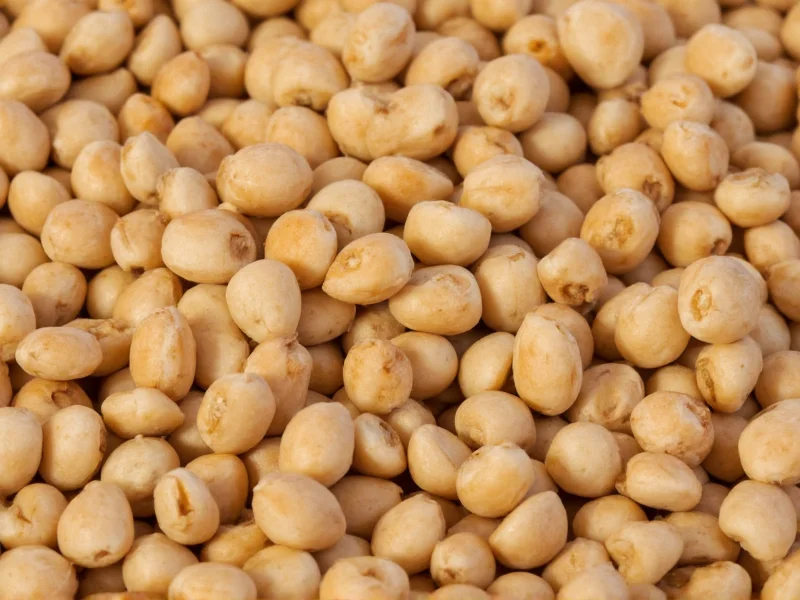Lentils stand out among legumes for their nutritional density and culinary versatility. Unlike many beans, lentils don't require presoaking and cook relatively quickly, making them practical for everyday meals. These ancient crops have been cultivated for over 8,000 years, with archaeological evidence tracing their origins to the Near East.
Understanding Lentil Varieties and Their Unique Properties
Not all lentils behave the same in cooking or nutrition. The main varieties include:
| Lentil Type | Color/Appearance | Cooking Time | Best Uses |
|---|---|---|---|
| Brown/Green | Olive green to brown | 20-25 minutes | Soups, stews, salads (hold shape well) |
| Red/Yellow | Orange to yellow | 15-20 minutes | Dals, purees, curries (mash easily) |
| Black/Beluga | Small, shiny black | 25-30 minutes | Salads, side dishes (resemble caviar) |
| Puy | Speckled green-gray | 25 minutes | Salads, gourmet dishes (French origin) |
Nutritional Profile and Health Benefits
Lentils deliver exceptional nutritional value per serving. A single cup (198g) of cooked lentils provides approximately:
- 230 calories
- 18g of plant-based protein (35% of daily value)
- 15g of dietary fiber (63% of daily value)
- 6.6mg of iron (37% of daily value)
- 358mcg of folate (90% of daily value)
- Significant amounts of manganese, phosphorus, and B vitamins
Research shows regular consumption of lentil beans supports cardiovascular health by reducing LDL cholesterol levels. Their high fiber content promotes digestive health and helps maintain stable blood sugar levels, making them valuable for diabetes management. The substantial folate content makes lentils particularly beneficial during pregnancy for neural tube development.
Practical Cooking Guide for Lentil Beans
Proper preparation maximizes both flavor and nutrition. Follow these evidence-based steps:
- Rinse thoroughly in cold water to remove debris
- Sort carefully to remove small stones or damaged lentils
- Cooking ratio: 1 cup lentils to 2-3 cups liquid (water or broth)
- Basic cooking: Bring to boil, reduce heat, cover, and simmer
- Acid sensitivity: Add tomatoes or vinegar only after lentils are tender
Unlike most dried beans, lentils don't require presoaking, which preserves water-soluble nutrients that would otherwise leach into soaking water. For maximum nutrient retention, avoid overcooking—lentils should be tender but still hold their shape.
Storage Techniques for Maximum Freshness
Proper storage extends shelf life and maintains nutritional quality:
- Dry lentils: Store in airtight containers in cool, dark places for up to 1 year
- Cooked lentils: Refrigerate for 3-5 days or freeze for up to 6 months
- Freezing tip: Spread cooked lentils on baking sheet before freezing to prevent clumping
- Signs of spoilage: Musty odor, discoloration, or insect activity in dry lentils
Culinary Applications Across Global C cuisines
Lentil beans feature prominently in diverse culinary traditions. Indian cuisine uses red lentils for comforting dals, while French cooking features Puy lentils in salads. Middle Eastern mujadara combines brown lentils with rice and caramelized onions. For beginners exploring lentil bean recipes, start with simple preparations like lentil soup or lentil salads before attempting more complex dishes.
When substituting lentils for other legumes, consider their different cooking behaviors. Unlike chickpeas or kidney beans, lentils break down more easily, making them ideal for thickening soups and stews. Their earthy flavor pairs well with aromatic vegetables, herbs like thyme and rosemary, and spices including cumin and coriander.
Lentils in a Balanced Diet
Nutritionists recommend incorporating lentil beans 2-3 times weekly as part of a balanced diet. Their complete amino acid profile when combined with grains makes them valuable for plant-based diets. For those concerned about digestive effects, gradually increasing lentil consumption while drinking adequate water helps the body adjust to the increased fiber intake.
What's the difference between lentils and other beans?
Lentils differ from most beans in their smaller size, lens shape, and faster cooking time. Unlike many beans, lentils don't require presoaking and typically cook in 15-30 minutes. They also have higher folate content compared to many other legumes and break down more easily when cooked, making them ideal for soups and purees.
Do lentil beans cause gas and bloating?
Like other legumes, lentils contain oligosaccharides that some people find difficult to digest, potentially causing gas. However, lentils typically cause less digestive discomfort than larger beans. To minimize effects, start with small portions, drink plenty of water, and consider adding digestive spices like cumin or epazote during cooking. Rinsing cooked lentils can also reduce gas-producing compounds.
Are canned lentils as nutritious as dried lentils?
Canned lentils retain most nutritional benefits of dried lentils, though they may have slightly lower fiber content and higher sodium levels. The canning process preserves protein, iron, and folate effectively. For lower sodium content, choose no-salt-added varieties and rinse thoroughly before use. Dried lentils offer more control over texture and sodium content but require cooking time.
How can I enhance iron absorption from lentil beans?
Lentils contain non-heme iron, which has lower absorption than heme iron from animal sources. To boost absorption, pair lentils with vitamin C-rich foods like tomatoes, bell peppers, or citrus. Avoid consuming tea or coffee with lentil meals, as tannins inhibit iron absorption. Cooking lentils in cast iron cookware can also increase iron content through leaching from the pan.
Can lentil beans help with weight management?
Yes, lentil beans support weight management through multiple mechanisms. Their high fiber and protein content promotes satiety, reducing overall calorie intake. The complex carbohydrates provide sustained energy without blood sugar spikes. Studies show regular legume consumption correlates with lower BMI and reduced abdominal fat. A cup of cooked lentils contains only about 230 calories while providing substantial nutrition.











 浙公网安备
33010002000092号
浙公网安备
33010002000092号 浙B2-20120091-4
浙B2-20120091-4